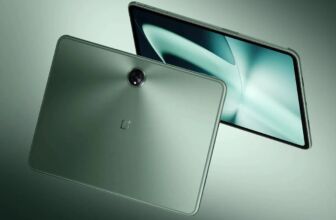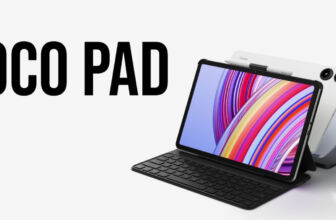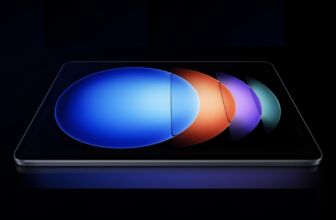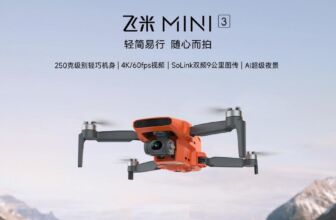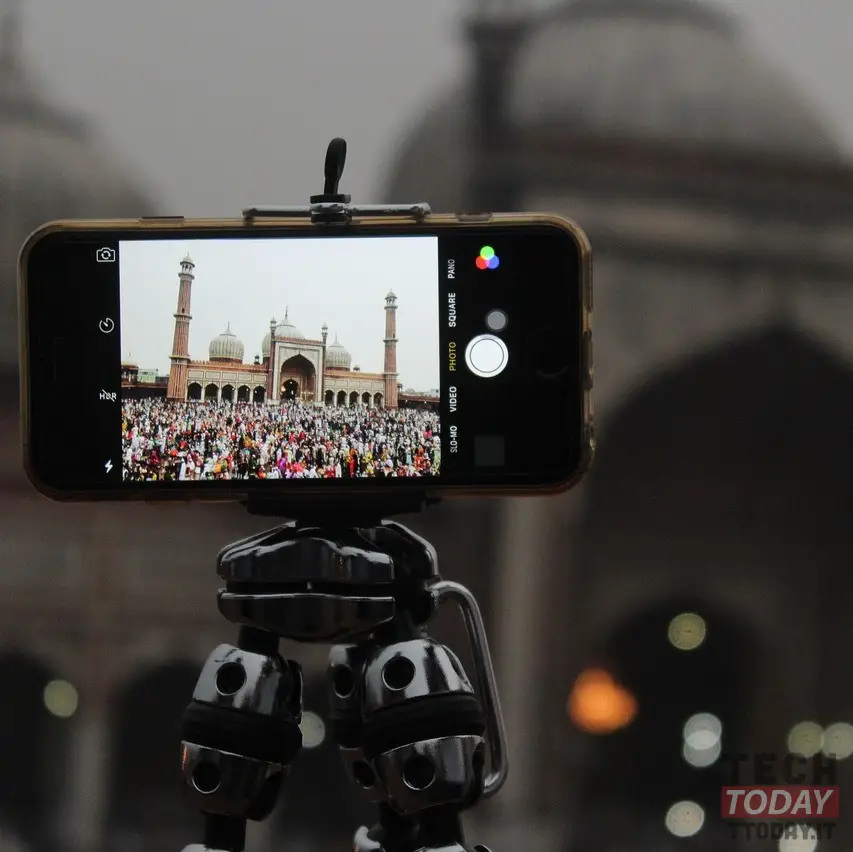
Throughout 2020 we will not stop talking about Qualcomm's next flagship processor, namely it Snapdragon 888. On the other hand, he will be equipped in all the top-of-the-range devices for next year, including Xiaomi Mi 11, OnePlus 9 e vivo X60. The capabilities of this processor announced a few days ago are undoubted, we have seen them in this article. But we dwelt well poco on one of the most important news: the camera. It is the processor's task to "control" the photographic sector and the Qualcomm's new SoC it will do it in a completely new way than before.
Topics of this article:
Here's how Snapdragon 888 will revolutionize the photographic compartments of the top of the range of 2021
Let's start with some technical terms. In a smartphone a ISP or a signal processor image is responsible for basic image processing tasks, such as white balance, autofocus and HDR. The Spectra 480 ISP from the previous top-of-the-line processor, the Snap 865, has the ability to process 2 billion pixels in one second guaranteeing the user the possibility of capture a 200 megapixel image.
This year, with the Snapdragon 888 the US company has outdone itself and gave the SoC a way to process 2.7 gigapixels in one second. Judd Heap, Senior Director of Product Management for Qualcomm's camera was interviewed by Android Authority and explained how it is possible to achieve a similar goal.
Three cameras simultaneously
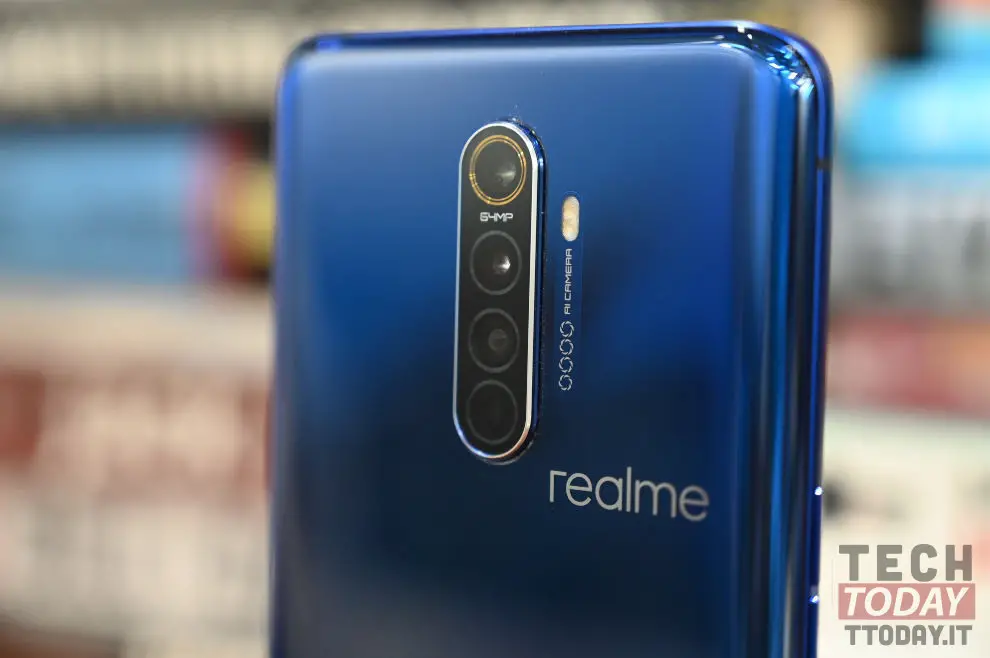
One of the major changes this year is the addition of a third image signal processor. Since the introduction of Spectra, Qualcomm's processors integrated "only" two ISPs: this means that two cameras could be used simultaneously. There pixel binning technology helped Qualcomm to move to “phase two” of the project by acting on the volume of the image.
With the addition of a third ISP processor we are witnessing a 40% increase in camera performance over the previous generation, with the addition of the ability to use three sensors together at the same time. What does this mean? If you are shooting a scene with your smartphone and you want jump between three different focal lengths, the Snapdragon 888 allows you to do that. However, this functionality must be implemented by OEMs first.
Clearly switching between three different focal lengths brings considerable stress to the zoom. Thanks to three sensors the workload is less and therefore it will be possible to make this jump between one and the other length quickly without too many problems.
Much faster video capture and playback

With three ISP Spectra 580 in the Snapdragon 888, the chip can reach 2.7 gigapixels per second of throughput. Many smartphones have a 90, 120 or even 144Hz screen - what would happen if they recorded at that speed? With Snapdragon 888 all this is possible. In short words if we have a smartphone with a 120 Hz display, we will be able to capture and display video at the frame rate of 120 fps. As for the cameras, this is only possible if the manufacturer has decided to integrate this feature on their smartphone.
And for the photographs taken? What's new for Snapdragon 888?
If last year Qualcomm made sure that Snap 865 acquired 64-megapixel photos with zero delay in closing the shutter, this year it went as far as 84 megapixel. But here there is a clarification for those who are wondering "But how, and the 108 megapixels?".
For smartphones with Snapdragon 865, 108MP images were actually previewed at 1/4 resolution. When the user pressed the shutter button, the sensor would switch to 108MP mode for one frame, download that frame into memory, and resume viewing the scene at 1/4 resolution. For this reason, Qualcomm does not consider 108MP images with zero shutter lag.
Judd Heape, Senior Director of Product Management for Qualcomm's camera
Based on what is reported by Judd Heap, 84 megapixels are not a problem as the Spactra 580 manages to capture an image (then processed in HDR) in this quality. Sadly, she says, Snapdragon 888 hasn't hit the 3.2 gigapixel per second we need to display 108 megapixel images.



